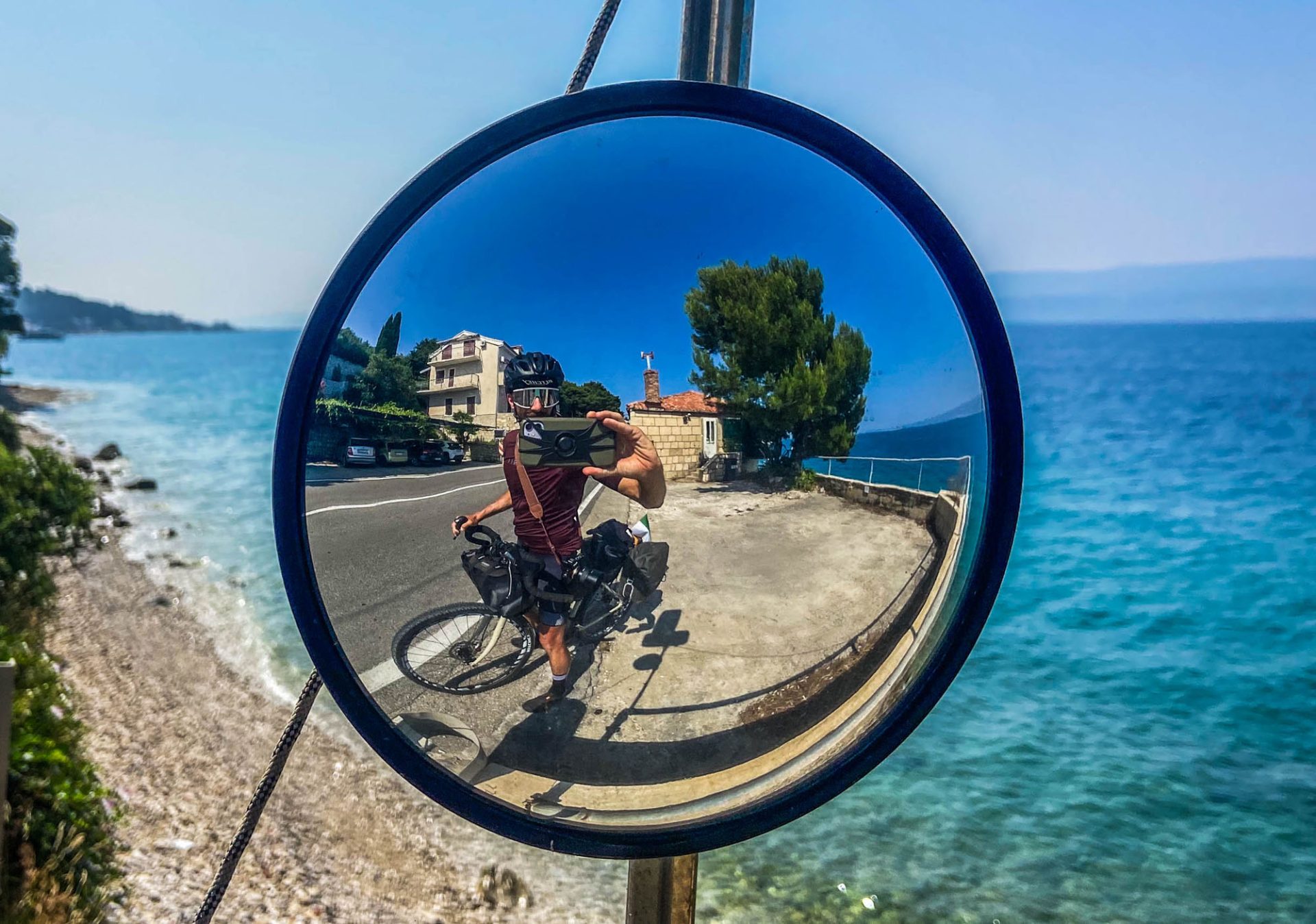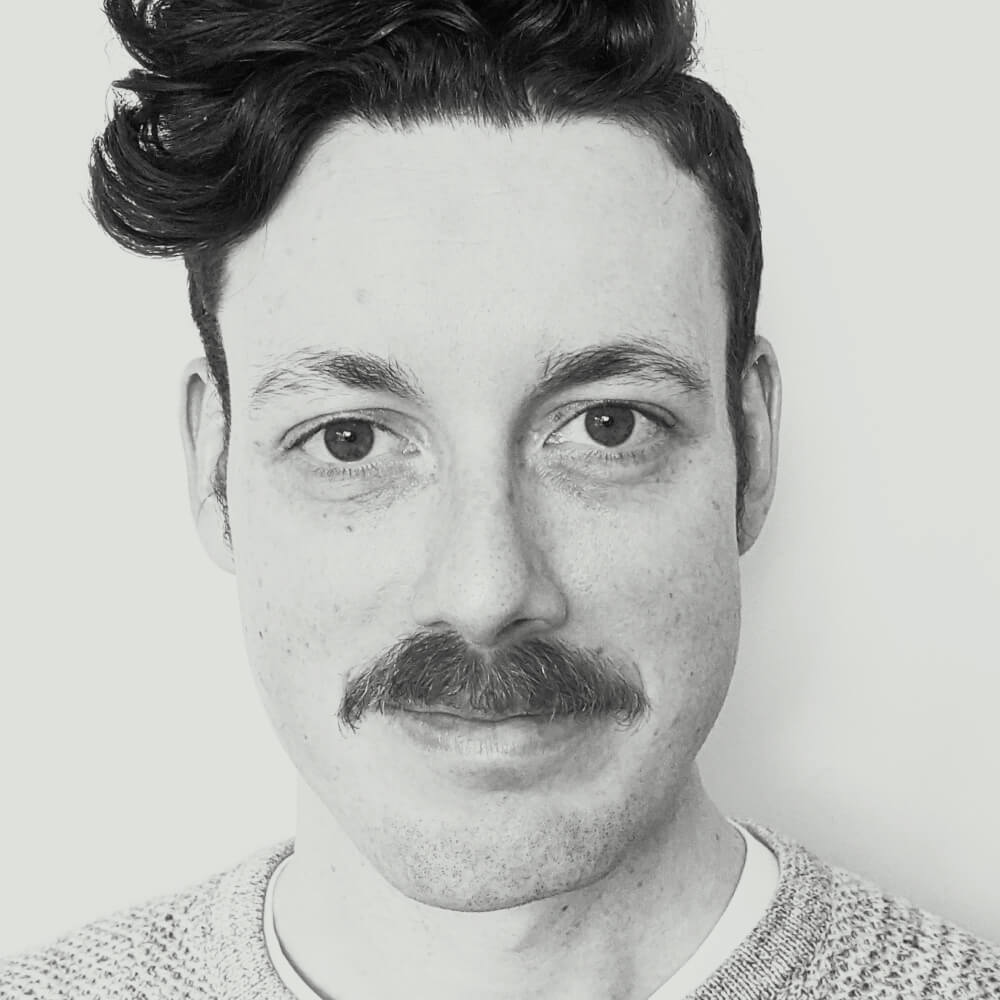In mid-June, the world was transfixed by the saga of the Titan submersible – a private submarine that went missing en route to the wreck of the Titanic, with the five occupants on board eventually revealed to have lost their lives in a sudden decompression.
The same week, an overcrowded fishing boat sank off the coast of Greece, with an estimated 500 migrants drowning, perhaps a hundred of them children. Many of their bodies have not been recovered, as they were locked in the hold of the boat as it went down.
Compared to the tidal wave of coverage of the Titan submersible tragedy, the deaths of hundreds of migrants on a battered fishing boat made a relative ripple in the western world’s consciousness. This was just the latest in a long string of disasters in the Mediterranean Sea, with the Missing Migrants Project describing the North Africa to Europe crossing as the deadliest migration route in the world: more than 28,000 people have died there since 2014.
Those people have names, and faces, and families, but there is a divide between their experience and the experience of those in the first world – they are over there, wherever ‘there’ is, and we stay in our comfortable bubble where we don’t have to engage with the awfulness that leads people to risk and lose everything in search of a better life.
Most of us, anyway. On July 1, Mattia Lazzarin, an Italian photographer, decided to break out of that bubble, embarking on a 12,000 kilometre ride around the perimeter of the Mediterranean Sea (with some diversions to avoid inaccessible regions), documenting the journey as part of what he calls the ‘Beyond the Sea’ project.
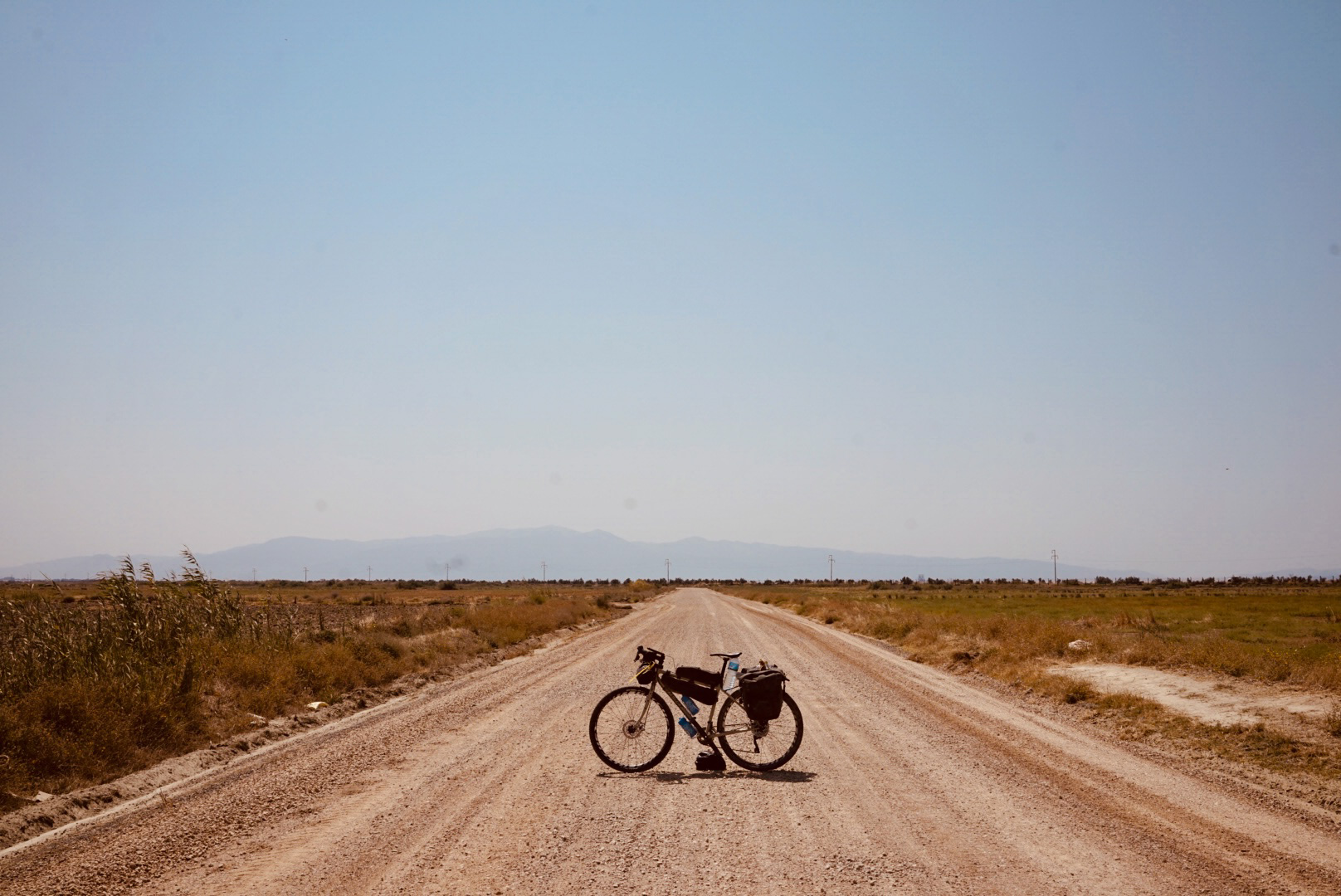
He will ride through Croatia, Montenegro, Albania, Greece, Turkey, Palestine, Egypt, Algeria, Tunisia, Morocco, Spain, and France, photographing his experience and interactions in search of the humanity behind the migrant crisis. His journey, he says, aims to be a thread connecting the countries involved in migration – “both as countries people flee from, and as countries that welcome them.”
I was interested to learn more about this project and the motivation behind it, so I teed up an interview with Lazzarin. A week or so later, from somewhere between Cyprus and the Middle East, here are his responses.
Iain Treloar: Tell me a little bit about yourself and what led you to take on this project.
Mattia Lazzarin: My name is Mattia Lazzarin, I am 45 years old, and I come from Monselice, a town in the hills in Veneto, Italy. I am a curious person about life; I like to share my perspective on the world and my thoughts through photography. I’m a photographer specialising in weddings and travel reportage. Wherever there’s a story to tell, I try to do it directly, without filters, showing only reality.
I also paint, write poetry, and practice bonsai. I am athletic; I swim, hike, cycle, and rockclimb. I believe that movement is essential for both the body and the spirit. I love being in nature, which is a source of inspiration for me.

Last summer, after completing the Camino de Santiago (I walked over 800 km in 27 days on the French route), I felt the need to change my life. I felt that my job (I was a lifeguard at a hotel) was stealing my time, impoverishing me, and leaving me empty without stories to tell. So, I opened my drawer of desires, and there was a note that said Jerusalem. In fact, for years, I had the desire to make a pilgrimage to Jerusalem on foot. But at that moment, I visualised the journey I’m currently on. I thought, why stop at Jerusalem? Why not do it on a bike and cover the entire Mediterranean? Why pedal just for myself? Could I help other people? These were my initial questions.
Seeing that my route passed through and connected all the countries along the Mediterranean, linking places of major migrations and receptions, from the southern part where migrants set sail to the northern part that should – theoretically – welcome them, I thought, “Well, with my journey, I could bring some light and visibility to the lives of migrants, refugees, and asylum-seekers. I could document their lives and the work of the organisations that help them through a photographic reportage.”
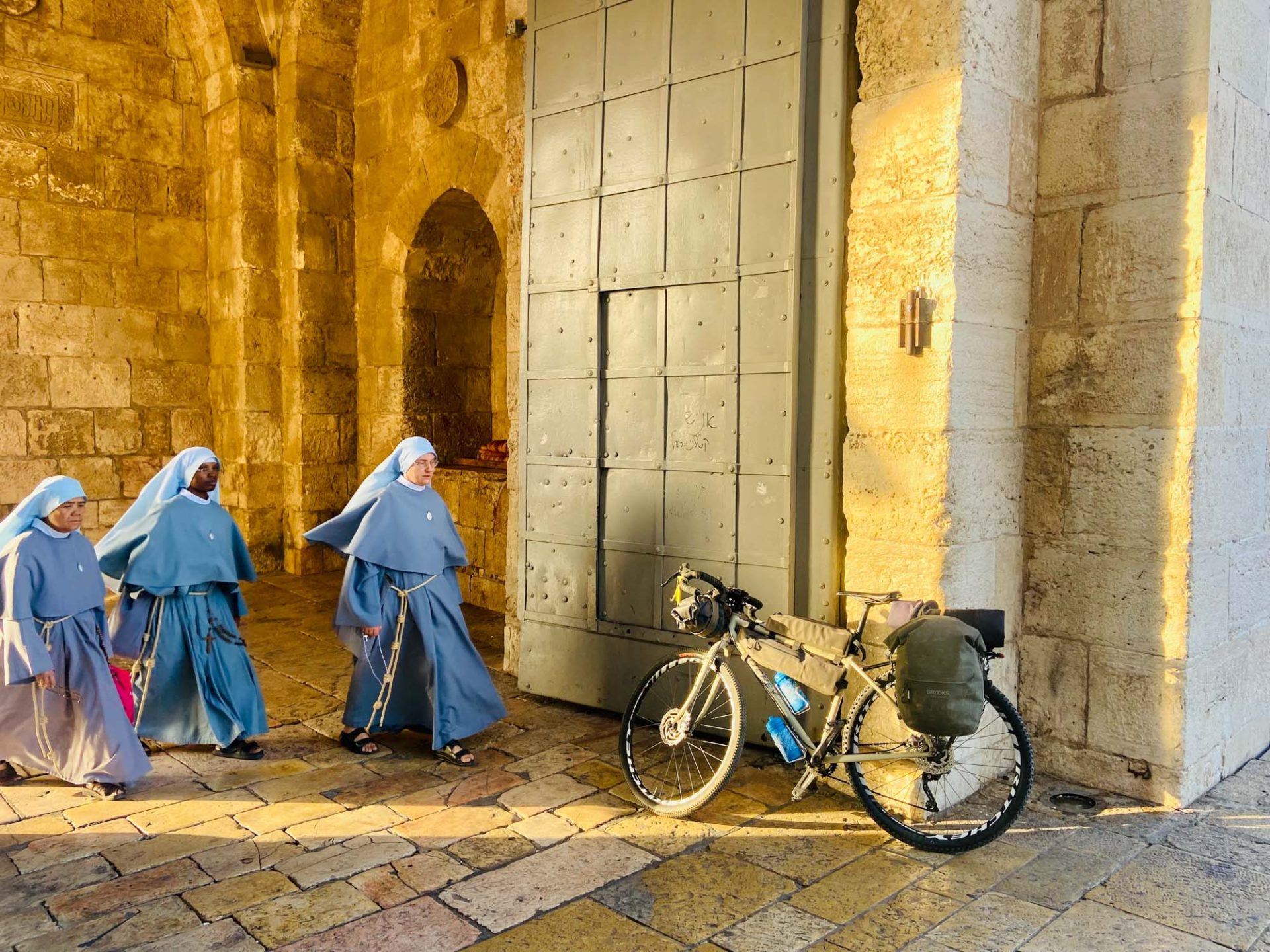
What is your professional background? Have you worked/travelled a lot in the developing world, or in a humanitarian capacity?
For years, I have worked in a pool, interacting with people as a lifeguard, swim and water polo instructor, and coach. I have been teaching in public pools for approximately 20 years, both with children and adults. This job has allowed me to develop a strong sense of empathy towards others, as I’ve learned to get to know people and connect with their lives.
For many years, this has motivated me to work with environmental organisations during the summer, participating in environmental restoration projects related to beaches and forests. I then volunteered with HUMANA in a project in Mozambique, focusing on the refurbishment of nurseries and providing support to local youth aged 14 to 18.
With the photos I take during my travels, I organise exhibitions, and the proceeds from the sale of these photos are donated to organisations involved in various projects in the countries I visit.
What is your relationship with cycling?
I have never had a scooter, and I bought a car very late in life, so initially, the bicycle was my only means of getting around, to be ‘independent.’ I have always been a swimmer throughout my life, and water is an essential part of my life. But swimming in a pool felt limiting, and I felt somewhat confined in a box. That’s when cycling became a strong expression of freedom for me, a way to expand my personal space. When I’m on a bicycle, I feel limitless; I feel like I’m moving at just the right speed to allow my spirit to connect with what’s around me.
The motion of the pedals and the wheels feels like a kind of ‘dynamo’ generating energy, energy for my thoughts, energy that is given to the surrounding environment, energy for my creativity, energy for my freedom.

Is it fair to say that your project aims to bring a more human face to the suffering of refugees, to give their lives the ‘value’ or recognition they deserve?
“Beyond the sea” is precisely what I want, seek, and attempt to do with my bike journeys – to gather, listen, photograph, and remember the lives of these families, youngsters, mothers, fathers, and children so that I can tell their stories. Every life holds immense value; every life lost is an enormous loss. These lives fade away, often unnoticed, or their stories are deliberately ignored or hidden. These individuals flee from death, violence, and humiliation in their own countries, fully aware of the potential dangers they face during their escape. They know they might lose friends and loved ones, and they’re aware that further violence may await them upon arrival.
I want to convey that there’s profound fear in their escape, and they don’t leave their homeland for a vacation or out of caprice. They abandon their homes, jobs, and routines because they are torn apart by terror. I hope that knowing this can open the doors to genuine hospitality, hospitality for everyone, without discrimination.
At any moment, all of us could find ourselves “beyond the sea,” potentially becoming refugees in need of a home, food, and assistance. I want to make it clear that we are all “beyond the sea” at some point in our lives.
You have been travelling for almost two months now. What have been the highlights?
First and foremost, all the border crossings – crossing this imaginary line holds immense power, at least I perceived it that way. The feeling of requesting permission to enter, not the feeling of complete freedom (even though many borders were in Europe and there were no checks).
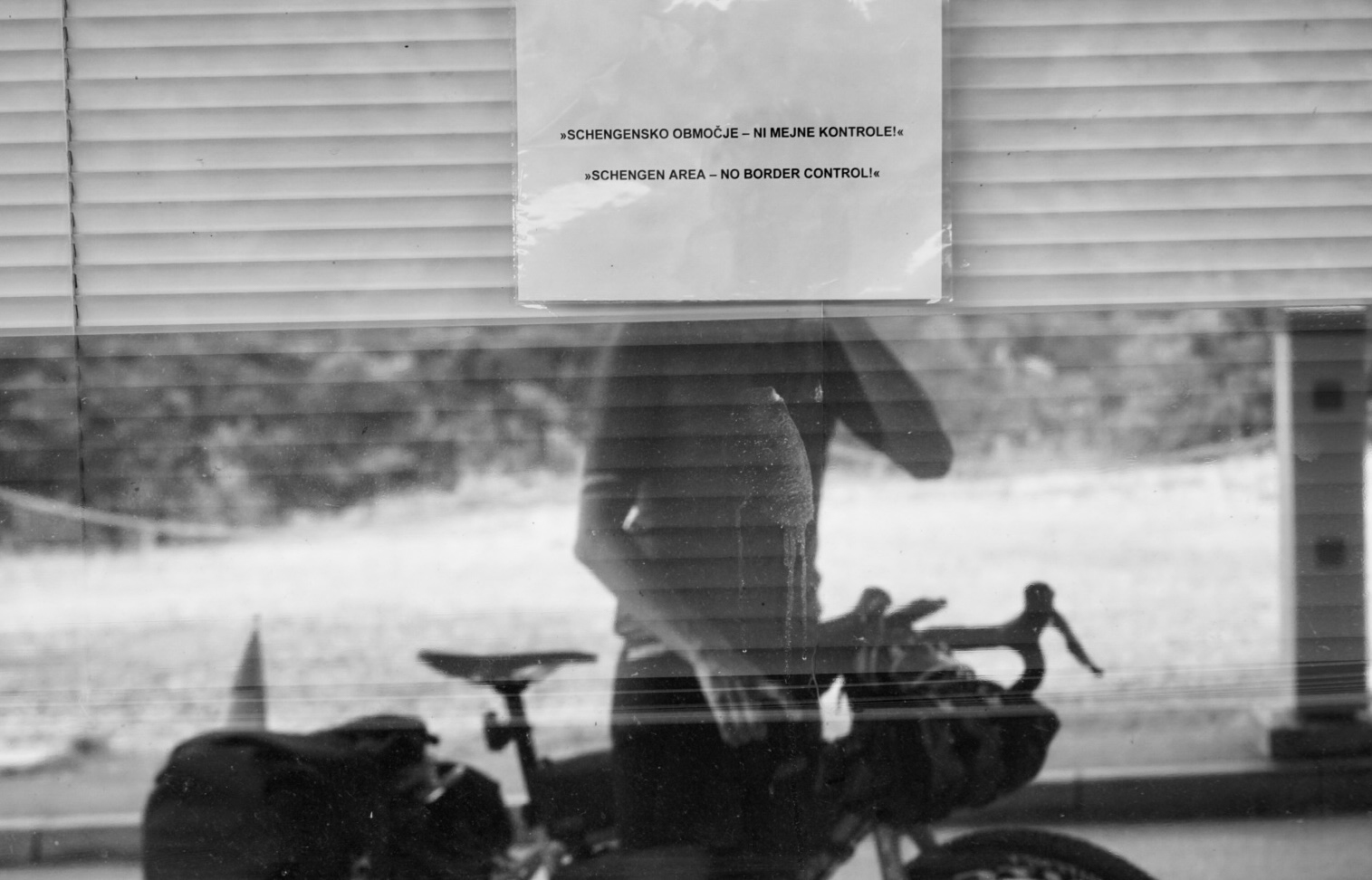
The encounters with the [refugee] associations in Corinth, Athens, and Thessaloniki were very impactful moments. I felt a bit uncomfortable in front of them because I had crossed the borders, I had all the necessary documents to do what I wanted, but they had been stuck in a camp for years, waiting. Hearing their stories turned me inside out, and I thought, “What an easy life I’ve had.” But at the same time, it made me grow, made me aware of the significant power I had to try to help them.
Other moments that I remember and left a mark include the dog bite on my leg in Turkey. I had to get the rabies vaccination, but beyond that, it undermined my peace of mind on the bike for days. I was always afraid when I heard barking or saw unleashed dogs (and there are really many in Greece and Turkey), but I faced the fear and, by slowing down on the bike, I managed to regain my serenity.
Then there’s the warm welcome and big heart of the Turkish people. They would stop me on the street to offer me tea, always ready to help with directions, and even accompany me when necessary to where I needed to go. This truly filled my heart with love.

And what have been the challenges you have encountered?
As I was saying, the dogs; the heat of Albania and Greece, I cycled in nearly 43 ºC (109 ºF) weather and had to stop frequently to wet my head and legs. The climbs – I think I had only two flat stages; the rest involved significant elevation changes, typically averaging around 800 to 1,000 metres of elevation gain.
Another challenge was solitude. I didn’t encounter any fellow cycle tourists, and cycling alone for six to eight hours every day put me to the test, especially when I couldn’t find a place to sleep and had to camp or sleep on deserted beaches or in the woods.
I would expect that the refugee camps that you visit along the way have inhabitants from all over the world. Where are some of these people from, and what are they leaving in the search for a better life?
I would like to start by saying that currently in Greece (where I have had contact with refugees), access to associations inside the camps is prohibited, so refugees must leave the camps to seek medical and legal assistance.
In Greece, the majority of refugees come from Afghanistan, Syria, Cameroon, and Sudan. Some of them leave behind their parents, wives, homes, and jobs they have had for years. Perhaps a father departs first, trying to find a place and make some contacts, and then attempts to bring the entire family.
Are the refugee communities ostracised by the countries that you visit? How does this vary from country to country?
The problem is precisely that the countries that should be welcoming these people actually have a policy of border blocking and rejection. The process is the same for those seeking asylum; they are taken to camps where they will spend years before receiving a document that allows them to leave the country. These camps stifle their thoughts, preventing them from living a peaceful life, and aside from meals provided by the state (often of poor quality), they have no access to anything else. There is a high number of suicides and psychological issues as a result.
How have you been able to overcome barriers in communication?
I understand little English, and most of the refugees don’t speak it either. But in those moments, in those situations, something instinctive kicks in, something I believe is inherent to human nature. You understand the tone, the gestures, and even a few words of their language. You look into their eyes while they speak, sometimes helped by a few common words.
Has the bike been a universal tool of connection, or do you still feel like a western outsider?
Well, upon my arrival, they always look at me a bit strangely, especially when I tell them I’ve come from Italy on a bicycle! But this, oddly enough, connects me to them and allows me to break the ice in getting to know and communicate with them. Then, my slow and gentle arrival makes me less invasive, more delicate in entering new communities.
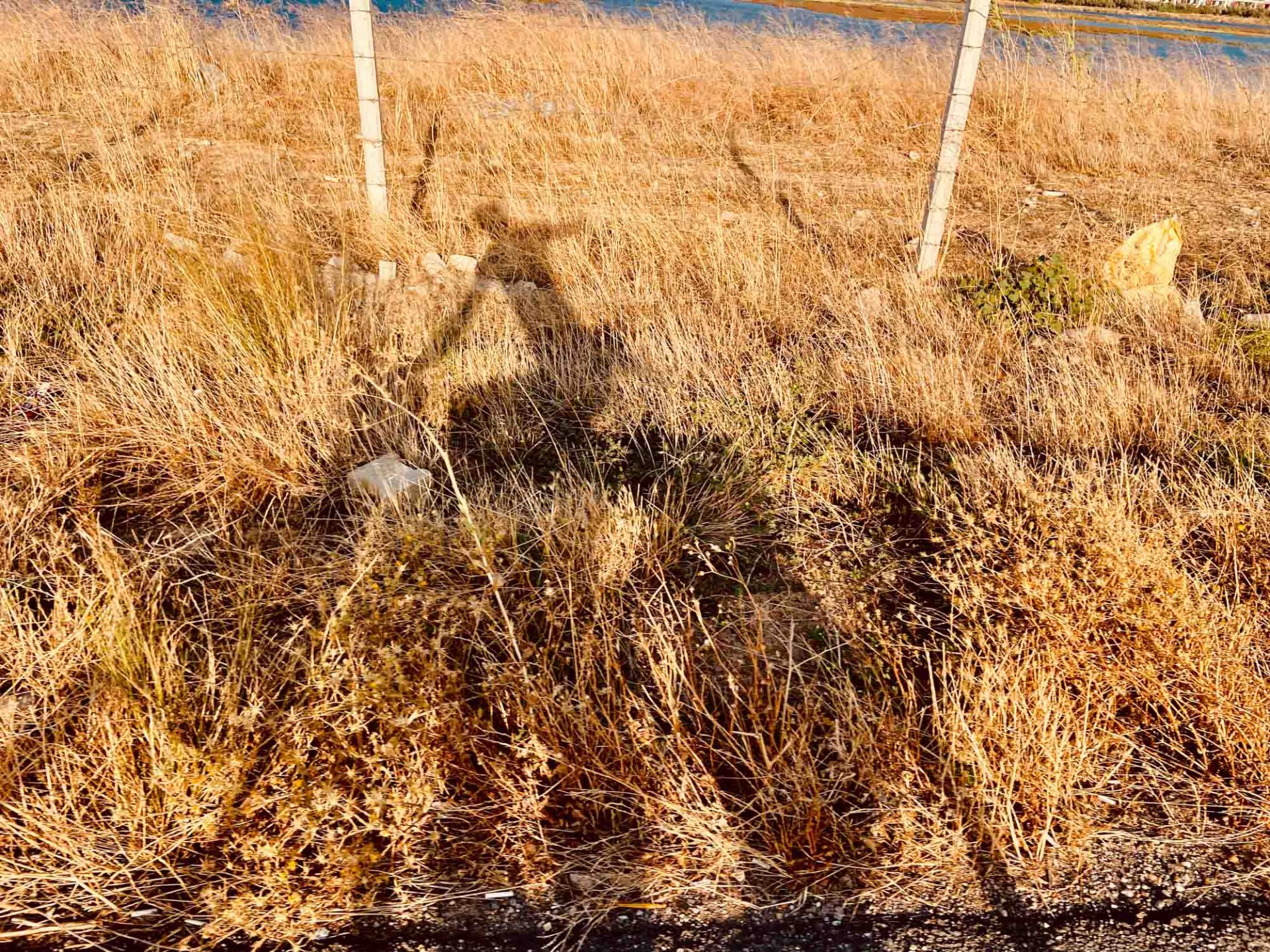
Have the refugees and displaced people you encounter been receptive?
Not everyone. There is difficulty in sharing private matters and certain traumas, especially Muslim women do not speak or struggle to speak with men, so it has been challenging. Especially photographing them.
On one level you are going through a kind of sociological journey. On another, you are riding an extremely long way for a very long time. What is this experience like physically, and for the bicycle you have taken?
Physically, I feel very well. I get on my bike every day with the desire to pedal, and my legs have no issues. I always try to adjust the stages based on elevation and temperature, and I know my limits well, never pushing myself too hard. I start very early in the morning to have plenty of rest upon arrival and to recover from the day’s ride. So far, it’s been working.
My bike [a Ritchey Ascent] is like a Swiss watch. I had to change two rear tires and one front tire due to wear and tear; aside from occasional punctures, it has no other problems. I constantly lubricate the chain and check the gears and brakes upon arrival. I can say we’re a healthy pair, haha!
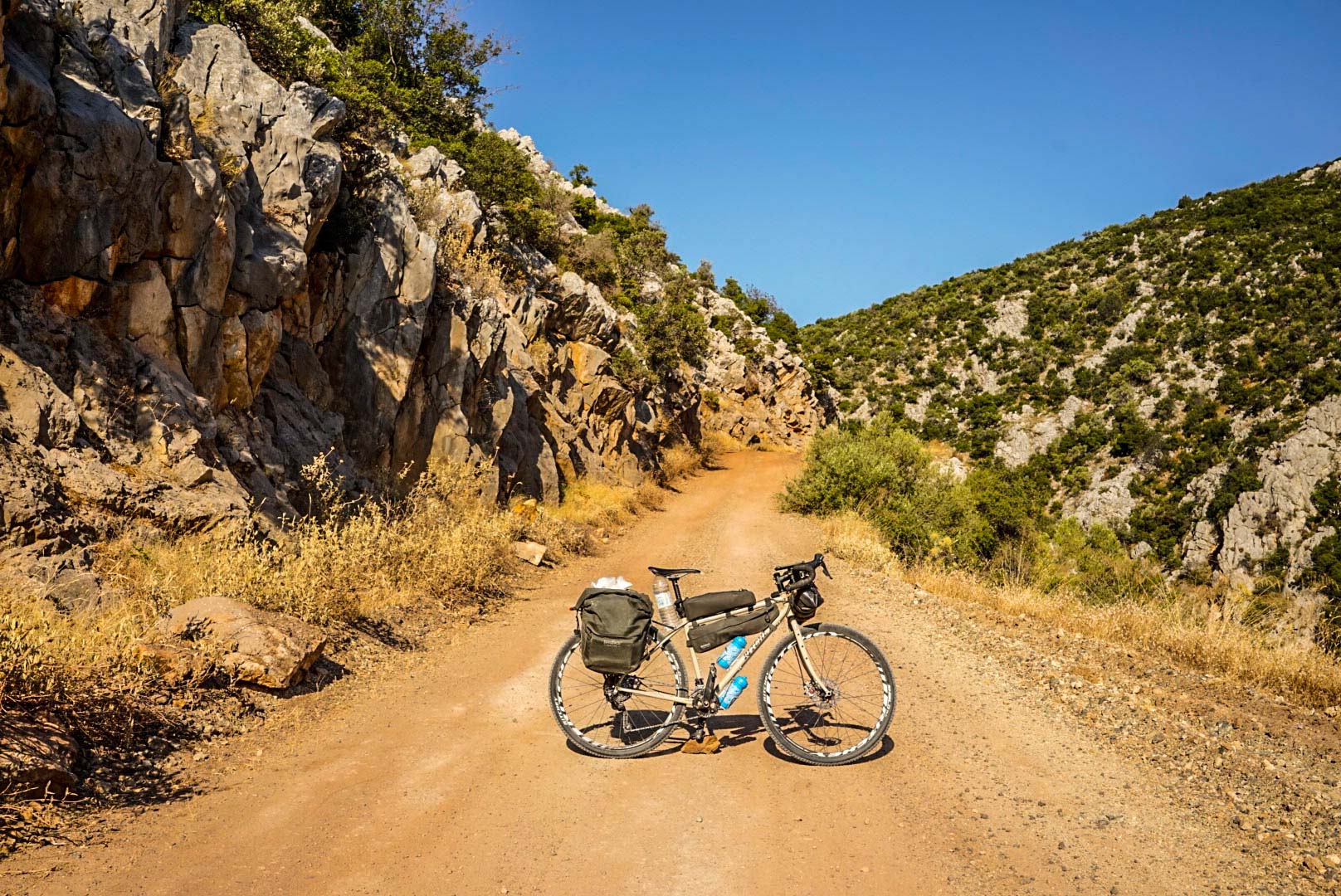
When you get to the end of your journey, what will you see as a success? Is this purely in terms of funds raised, or is there something more abstract driving your goals?
The success in the end is that I had the courage to take this time for myself and for the refugees.
For me, it’s already a success. I’m crossing borders, I’m in places I’ve never been before, I’m amidst entirely different cultures, I don’t know the language, but I manage to communicate. I’m far from loved ones, but my goodwill and love for them haven’t changed.
My success upon arrival will be being a new man, enriched in spirit. And I know it will be this way.
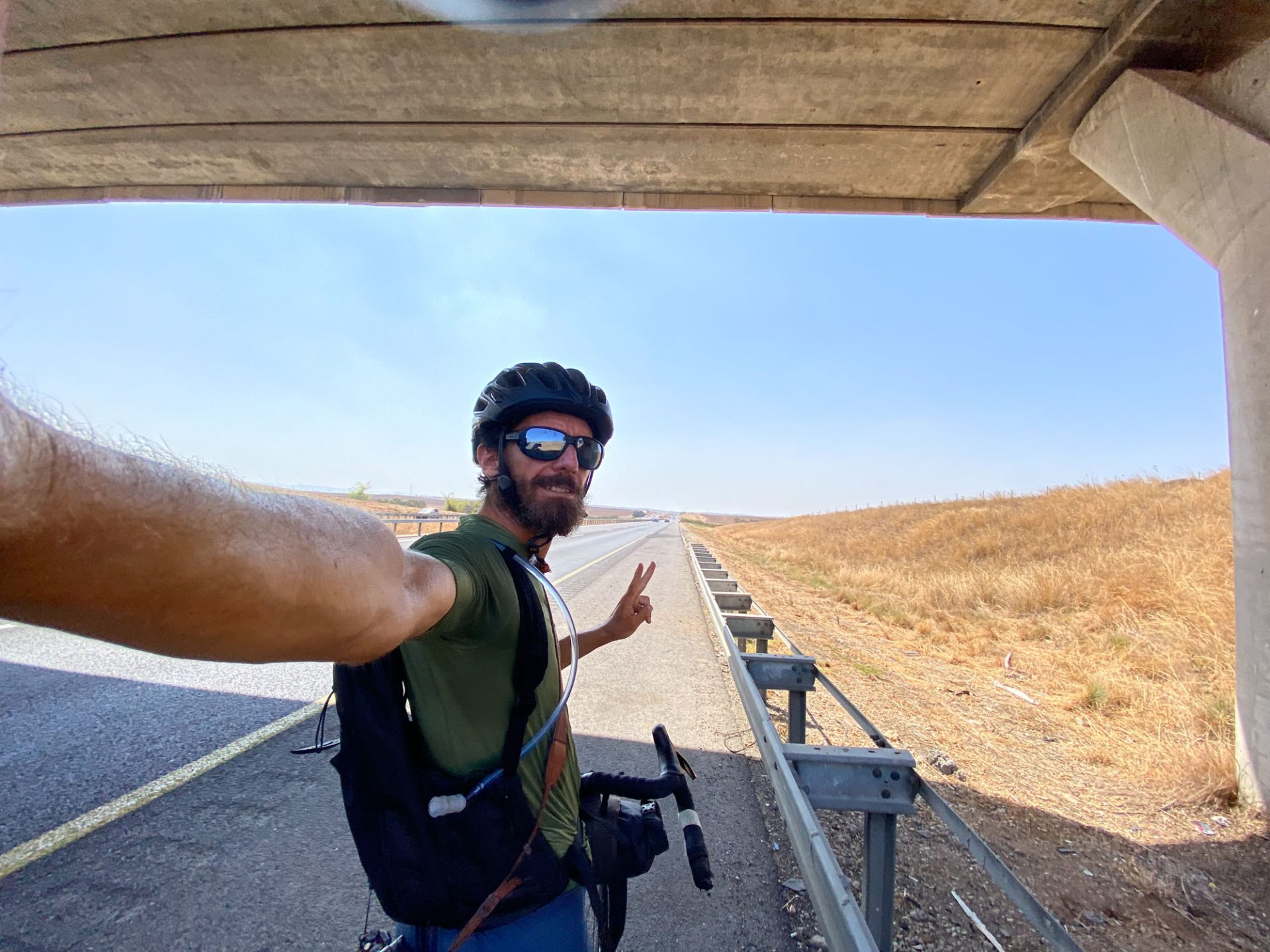
You can follow Mattia’s journey on Instagram, and his real-time progress.
He is also fundraising for refugee associations he meets along the way, “to finance their projects and provide the necessary resources to care for, assist, and offer a dignified life to those who have lost everything.” You can donate here.
What did you think of this story?
